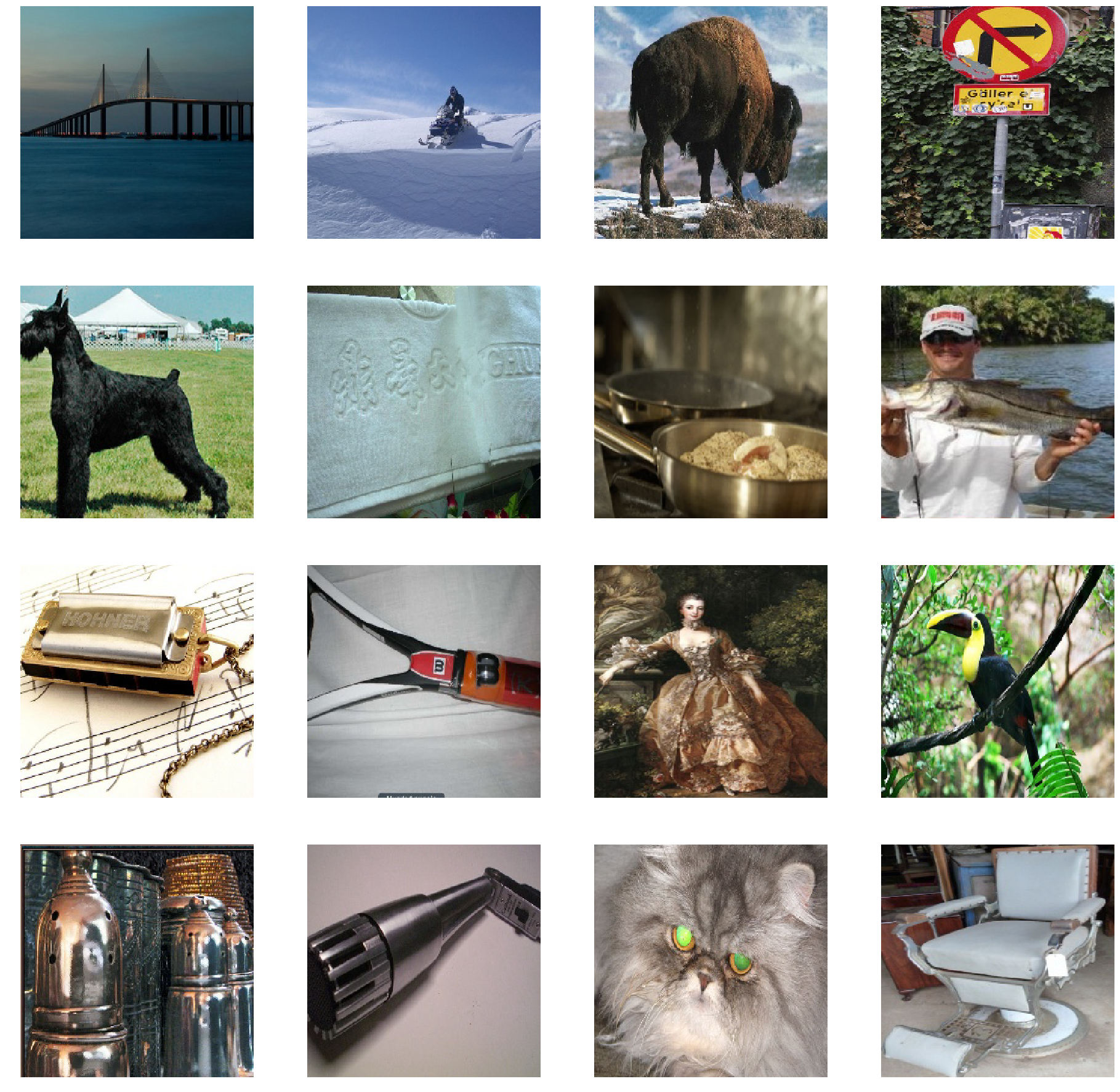Data loading: LMDB database¶
Overview¶
In this example we will show how to use the data stored in LMDB database (in either Caffe or Caffe 2 formats) with DALI.
Caffe LMDB format¶
In order to use data stored in LMDB in Caffe format, we need to use CaffeReader operator. Besides arguments common to all readers (like random_shuffle), it takes path argument - path to the directory where LMDB is stored.
Let us define a simple pipeline that takes images stored in Caffe format, decodes them and prepares them for ingestion in DL framework (crop, normalize and NHWC -> NCHW conversion).
[1]:
from nvidia.dali.pipeline import Pipeline
import nvidia.dali.ops as ops
import nvidia.dali.types as types
import numpy as np
from timeit import default_timer as timer
import numpy as np
import matplotlib.pyplot as plt
db_folder = "/data/imagenet/train-lmdb-256x256"
class CaffePipeline(Pipeline):
def __init__(self, batch_size, num_threads, device_id):
super(CaffePipeline, self).__init__(batch_size,
num_threads,
device_id)
self.input = ops.CaffeReader(path = db_folder)
self.decode= ops.nvJPEGDecoder(device = "mixed", output_type = types.RGB)
self.cmnp = ops.CropMirrorNormalize(device = "gpu",
output_dtype = types.FLOAT,
crop = (224, 224),
image_type = types.RGB,
mean = [0., 0., 0.],
std = [1., 1., 1.])
self.uniform = ops.Uniform(range = (0.0, 1.0))
self.iter = 0
def define_graph(self):
self.jpegs, self.labels = self.input()
images = self.decode(self.jpegs)
output = self.cmnp(images, crop_pos_x = self.uniform(),
crop_pos_y = self.uniform())
return (output, self.labels)
def iter_setup(self):
pass
Let us now build and run our CaffePipeline.
[2]:
batch_size = 16
pipe = CaffePipeline(batch_size=batch_size, num_threads=4, device_id = 0)
pipe.build()
[3]:
pipe_out = pipe.run()
In order to visualize the results we use matplotlib library. This library expects images in HWC format, whereas the output of our pipeline is in CHW (since that is the preferred format for most Deep Learning frameworks). Because of that, for the visualization purposes, we need to transpose the images back to HWC layout.
[4]:
from __future__ import division
import matplotlib.gridspec as gridspec
import matplotlib.pyplot as plt
%matplotlib inline
def show_images(image_batch):
columns = 4
rows = (batch_size + 1) // (columns)
fig = plt.figure(figsize = (32,(32 // columns) * rows))
gs = gridspec.GridSpec(rows, columns)
for j in range(rows*columns):
plt.subplot(gs[j])
plt.axis("off")
img_chw = image_batch.at(j)
img_hwc = np.transpose(img_chw, (1,2,0))/255.0
plt.imshow(img_hwc)
[5]:
images, labels = pipe_out
show_images(images.as_cpu())

Caffe 2 LMDB format¶
In order to use data stored in LMDB in Caffe 2 format, we need to use Caffe2Reader operator. Similarly to CaffeReader, besides arguments common to all readers (like random_shuffle), it takes path argument - path to the directory where LMDB is stored.
Let us define a simple pipeline that takes images stored in Caffe 2 format, decodes them and prepares them for ingestion in DL framework (crop, normalize and NHWC -> NCHW conversion).
[6]:
from nvidia.dali.pipeline import Pipeline
import nvidia.dali.ops as ops
import nvidia.dali.types as types
import numpy as np
from timeit import default_timer as timer
import numpy as np
import matplotlib.pyplot as plt
db_folder = "/data/imagenet/train-c2lmdb-480"
class Caffe2Pipeline(Pipeline):
def __init__(self, batch_size, num_threads, device_id):
super(Caffe2Pipeline, self).__init__(batch_size,
num_threads,
device_id)
self.input = ops.Caffe2Reader(path = db_folder)
self.decode= ops.nvJPEGDecoder(device = "mixed", output_type = types.RGB)
self.cmnp = ops.CropMirrorNormalize(device = "gpu",
output_dtype = types.FLOAT,
crop = (224, 224),
image_type = types.RGB,
mean = [0., 0., 0.],
std = [1., 1., 1.])
self.uniform = ops.Uniform(range = (0.0, 1.0))
self.iter = 0
def define_graph(self):
self.jpegs, self.labels = self.input()
images = self.decode(self.jpegs)
output = self.cmnp(images, crop_pos_x = self.uniform(),
crop_pos_y = self.uniform())
return (output, self.labels)
def iter_setup(self):
pass
Let us now build and run our Caffe2Pipeline.
[7]:
batch_size = 16
pipe = Caffe2Pipeline(batch_size=batch_size, num_threads=4, device_id = 0)
pipe.build()
[8]:
pipe_out = pipe.run()
In order to visualize the results we use matplotlib library. This library expects images in HWC format, whereas the output of our pipeline is in CHW (since that is the preferred format for most Deep Learning frameworks). Because of that, for the visualization purposes, we need to transpose the images back to HWC layout.
[9]:
from __future__ import division
import matplotlib.gridspec as gridspec
import matplotlib.pyplot as plt
%matplotlib inline
def show_images(image_batch):
columns = 4
rows = (batch_size + 1) // (columns)
fig = plt.figure(figsize = (32,(32 // columns) * rows))
gs = gridspec.GridSpec(rows, columns)
for j in range(rows*columns):
plt.subplot(gs[j])
plt.axis("off")
img_chw = image_batch.at(j)
img_hwc = np.transpose(img_chw, (1,2,0))/255.0
plt.imshow(img_hwc)
[10]:
images, labels = pipe_out
show_images(images.as_cpu())

[ ]: